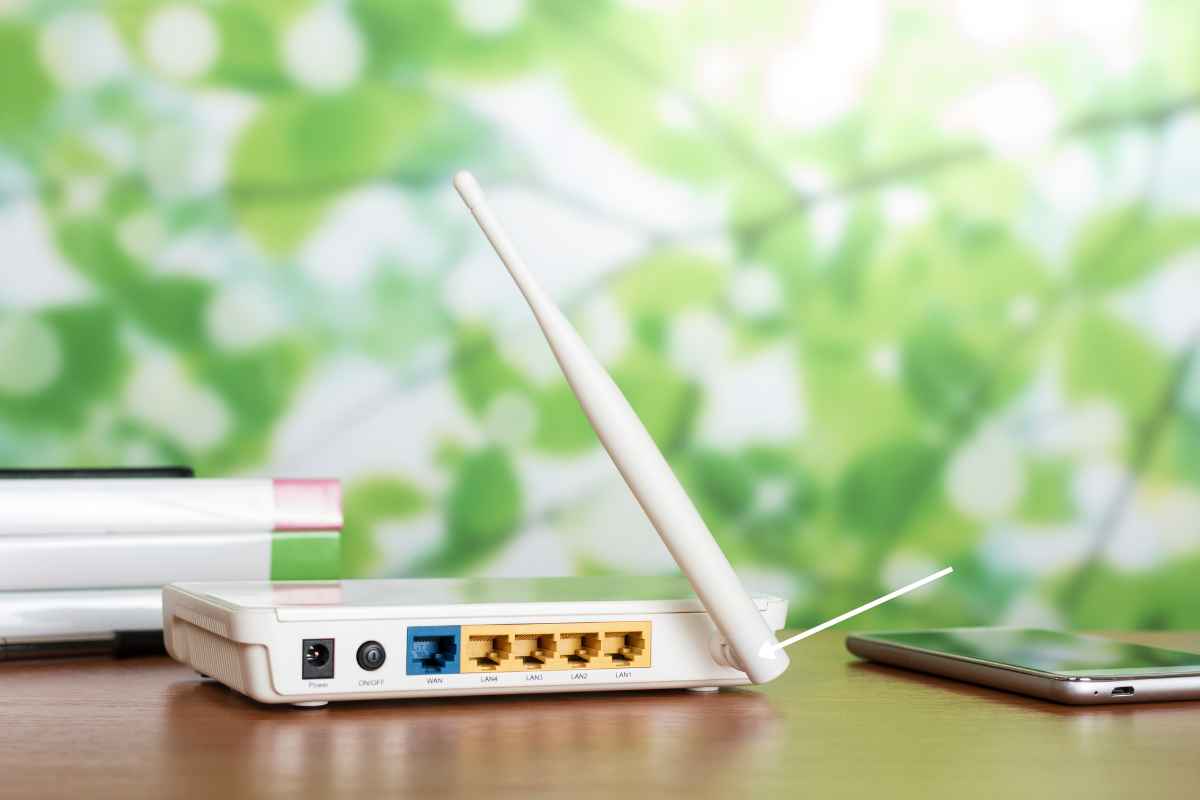
The previous ten years have seen a dramatic rise in broadband usage. Wi-Fi is becoming the go-to technology for giving users dependable and steady internet connections. However, they are vulnerable to hacking because numerous wireless devices are linked to the same network. There are various security kinds and standards in place to protect the gadgets. If you still have an active password for your Wi-Fi connection, it also has one.
Broadband Security Protocol Types
Wired Equivalent Privacy (WEP), Wi-Fi Protected Access (WPA), Wi-Fi Protected Access 2 (WPA2), and Wi-Fi Protected Access 3 are the four protocols (WPA3). Let’s examine each of the protocols in more detail.
The oldest protocol still in use, WEP, was first released in September 1999. The Wi-Fi Alliance terminated it in 2004 in favour of its superior replacement, WPA, because it is the least stable and safest protocol currently in use. The WPA included more advanced capabilities and a Temporary Key Integrity Protocol (TKIP), a 128-bit dynamic key that offered far higher security than the WEP’s static, constant key.
Then the WPA2 appeared. It was an improved version of WPA that used the Counter Mode Cipher Block Chaining Messaging Authentication Code Protocol in place of the TKIP (CCMP). When it came to data encryption, WPA2 outperformed WPA. Because of this, the Wi-Fi Alliance mandated in 2006 that WPA2 be a standard feature on all Wi-Fi equipment.
Since 2004, WPA2 has maintained its position as the leading protocol because to its enormous popularity. Actually, the Wi-Fi Alliance said on March 13, 2006, that WPA2 was required for all future Wi-Fi devices.
The most recent Wi-Fi security protocol, WPA3, has begun to be included with routers manufactured in 2019 and beyond. Its goal is to protect open-access Wi-Fi networks against hacker access. You should be aware of the following broadband security protocols. By accessing the Wi-Fi settings on your device and viewing the network information, you may determine the security protocol that your Wi-Fi network employs.
https://ift.tt/18FaGED
Comments
Post a Comment